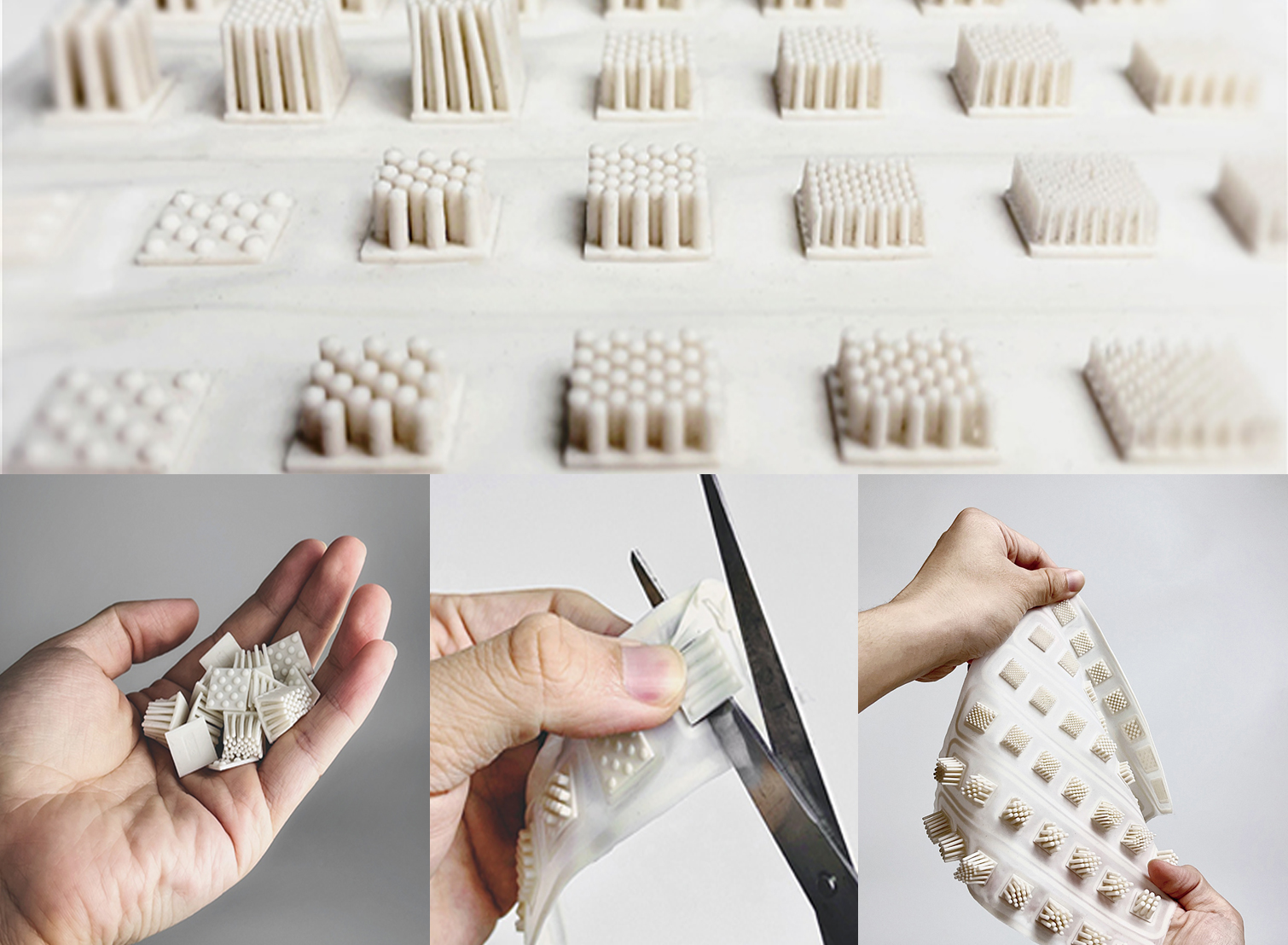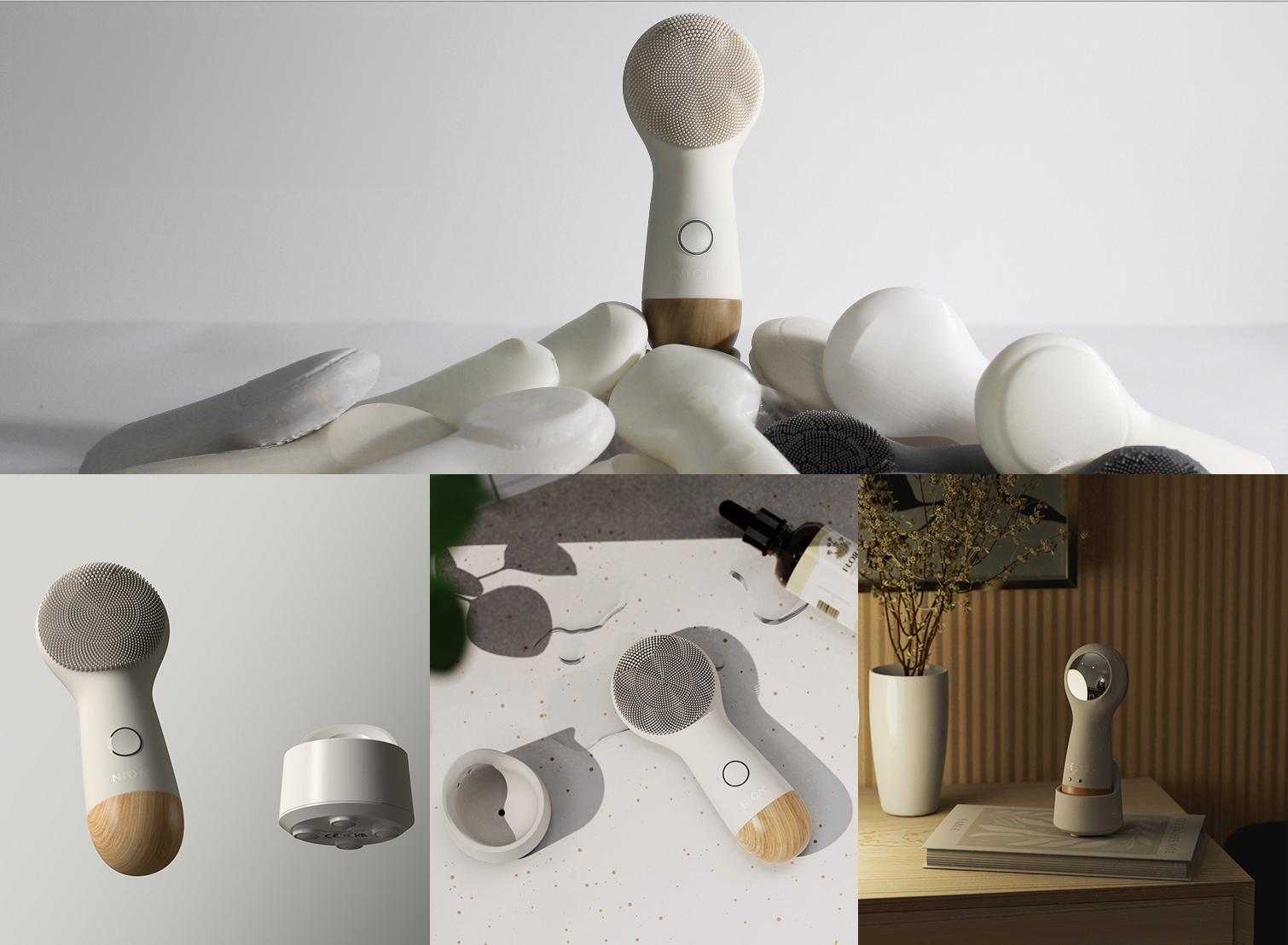Creating a successful invention takes more than just a great idea; it requires a process to test, refine, and ensure it truly works. That’s where prototyping comes in. This crucial step turns your idea into a functional model that you can test, improve, and ultimately launch as a market-ready product. But why is prototyping so essential for new inventions?
In this article, we’ll dive into the importance of an invention prototype, exploring how this stage can make or break the success of your idea. Whether you’re a seasoned inventor or bringing your first concept to life, understanding prototyping will help you navigate the twists and turns of product development and move confidently toward a finished invention that’s ready to shine.
What is a Prototype?
A prototype is an early version of your product that lets you test your invention in real-world conditions. Think of it as a rough draft of the final product—a practical way to evaluate functionality, appearance, and feasibility before jumping into full-scale production.
Prototypes can take many forms, from basic sketches and 3D-printed models to fully functional versions with all intended features. Building a prototype allows you to see how your concept stands up in reality, giving you a tangible version of your idea that goes beyond what you envisioned on paper or in your head.
“Prototyping isn’t just about creating a physical model of your idea—it’s about testing, learning, and evolving. It’s the key to turning an idea into a product that works.”
Invention Prototype Importance

1. Visualizing the Concept
Prototyping transforms abstract ideas into tangible forms, making it easier for inventors to fully envision how their invention works.
Bringing Ideas to Life
A prototype serves as a physical version of your idea, helping you and others understand how the invention could be used, its potential benefits, and its limitations.
- Visualize how different components interact
- Identify early-stage design flaws and adjust before finalizing
- Ensure the prototype reflects the core purpose of the invention
A Better Pitch for Stakeholders
When presenting an invention to potential investors or partners, a prototype demonstrates your commitment and offers something concrete they can interact with.
- Offer hands-on demonstrations to help investors grasp functionality
- Strengthen credibility by showing a fully developed concept
- Make it easier to communicate the value of the invention
2. Testing Feasibility and Functionality
Prototyping allows inventors to test their invention in real-life situations, providing valuable insights into how it operate and identifying areas for improvement.
Testing Real-Life Use
With a prototype, you can test every function of the invention, catching issues that aren’t apparent in the concept alone.
- Simulate real-world conditions to observe functionality
- Test durability by assessing how the prototype withstands wear and tear
- Experiment with different materials to ensure optimal performance
Identifying Weak Points
Rigorous testing of the prototype helps identify design flaws, weaknesses, and potential failures.
- Perform stress tests on key components
- Test for user safety and comfort to avoid future recalls
- Document issues and solutions for reference in the next design iteration
3. Saving Time and Money
Investing in a prototype can save time and money in the long run by catching issues early, before full-scale production begins.
Prevent Costly Mistakes
Prototyping helps you address issues before they become expensive problems in mass production.
- Avoid costly recalls or reworks due to overlooked design flaws
- Reduce waste in materials by perfecting the design before production
- Prevent production delays by ironing out issues early
Streamlining the Manufacturing Process
Through prototyping, you can refine the manufacturing process itself, making it more efficient and cost-effective.
- Optimize assembly steps by understanding component interactions
- Identify and eliminate unnecessary parts or steps
- Establish clear production instructions based on prototype feedback
4. Gathering Feedback for Improvement
Prototypes allow you to gather feedback from potential users, industry experts, and stakeholders, which is crucial for refining the invention to meet market demands.
User-Centered Design
A prototype lets you test usability and gather user reactions to improve design, functionality, and overall appeal.
- Conduct usability tests to see how users interact with the invention
- Identify features that are difficult to use or understand
- Use feedback to make design adjustments for better user satisfaction
Collaboration with Experts
Getting insights from engineers, designers, and industry experts helps ensure the invention is optimized for success.
- Consult with engineers to improve mechanical or electrical components
- Work with designers to refine aesthetics or ergonomics
- Use feedback to increase the market viability of your product
5. Attracting Investors and Securing Funding
A well-developed prototype can make all the difference when securing investment, showing investors that your invention is viable and worthy of support.
Building Investor Confidence
Investors are more likely to fund a project if they can see a working model, as it demonstrates commitment and reduces perceived risk.
- Present a clear demonstration of the invention’s functionality
- Show investors the tangible progress made on the idea
- Highlight unique features or benefits of the prototype
Reducing Investment Risk
By testing a working model, investors can feel more confident that the product will perform as expected.
- Demonstrate that the prototype has gone through problem-solving phases
- Prove market fit through prototype-driven user feedback
- Address investor concerns by showcasing prototype data and test results
6. Improving the Final Product
Prototyping is an iterative process that brings each version closer to the ideal final product, allowing inventors to fine-tune their design.
Iterative Improvement
Most successful products undergo multiple rounds of prototyping, each improving upon the last.
- Test and refine based on performance feedback from each prototype version
- Add new features or remove unnecessary ones
- Continue the prototype process until all design goals are met
Perfecting the Design
Through each prototype iteration, inventors can enhance aesthetics, functionality, and usability.
- Make adjustments to color, shape, or material as needed
- Add ergonomic features for improved comfort and ease of use
- Ensure that each aspect of the design is practical and cost-effective
7. Demonstrating Market Viability
Prototyping isn’t just about creating a model; it’s about proving that the invention has a place in the market.
Proof of Concept for Customers
A working prototype allows you to demonstrate the invention to potential customers, gathering valuable feedback and gauging interest.
- Show customers how the invention works in real-life settings
- Collect insights on what customers like or dislike
- Refine the product to meet customer expectations more effectively
Testing Demand
Prototypes can also help gauge market demand, giving you insight into whether the invention is worth pursuing on a large scale.
- Host pre-launch events or product demos to attract potential buyers
- Run crowdfunding campaigns to measure interest and fund production
- Use customer reactions to validate market fit and demand
If you’re ready to bring your invention to life and ensure it meets all necessary standards, explore How to get your invention built for expert guidance and support every step of the way.
Different Types of Prototypes and Their Importance

Low-Fidelity vs. High-Fidelity Prototypes
Low-Fidelity Prototypes
Low-fidelity prototypes are simple, rough models created in the early stages of the invention process. They provide a basic visualization of the concept without being fully functional, helping inventors explore and communicate initial ideas. Common examples include sketches, wireframes, or basic mock-ups.
- Purpose: Early-stage idea exploration
- Examples: Hand-drawn sketches, simple 3D mock-ups, wireframes
- Use: Ideal for concept validation without heavy investment
High-Fidelity Prototypes
High-fidelity prototypes resemble the final product, often fully functional and made with similar materials. These are essential for detailed testing, gathering user feedback, and pitching the invention to potential investors.
- Purpose: Detailed testing and investor presentation
- Examples: Working models, advanced 3D-printed versions
- Use: Allows for functionality testing, real-world feedback, and market readiness
Digital vs. Physical Prototypes
Digital Prototypes
Digital prototypes utilize advanced software to create 3D models and simulations. These models allow inventors to evaluate the design, identify potential flaws, and make adjustments without the cost of a physical prototype.
- Purpose: Early design assessment and error detection
- Examples: 3D renderings, CAD models, digital simulations
- Use: Ideal for refining designs before investing in physical materials
Physical Prototypes
Physical prototypes are tangible models that enable hands-on testing in real-world conditions. They’re crucial for assessing aspects like ergonomics, material feel, and durability, which digital models can’t replicate.
- Purpose: Real-world functionality testing and physical assessment
- Examples: 3D-printed models, handmade models, working samples
- Use: Necessary for final testing, user feedback, and determining the overall feasibility
The Role of Prototyping in the Manufacturing Process
Prototyping is also essential in the manufacturing phase. It helps manufacturers understand the intricacies of the invention, reducing the likelihood of production errors.
- Tooling and Production Readiness: Manufacturers need precise information to create the molds and tools required for mass production. A prototype provides this data, making it easier to design and build custom tools that ensure production accuracy.
- Scaling Production: Understanding how the prototype behaves and where potential challenges could arise allows manufacturers to make adjustments that simplify scaling production to larger volumes.
To take your invention from concept to completion with precision and expertise, explore our JDM manufacturing services. This approach combines development and manufacturing, helping you navigate the complexities of production with greater control and efficiency.
Common Challenges in Prototyping and How to Overcome Them

1. Cost Concerns
Prototyping can be expensive, particularly for high-fidelity models. To manage costs effectively:
- Start Small: Begin with a low-fidelity prototype to refine your concept before investing in high-quality models.
- Budget Planning: Have a clear budget in place for each phase of prototyping to avoid running out of funds mid-process.
2. Technical Limitations
Not all inventions are easy to prototype, especially those requiring advanced technology or materials. Overcome these limitations by:
- Partnering with Specialists: Work with engineers or prototyping companies that specialize in the type of invention you’re developing.
- Leveraging Digital Tools: Use digital simulations to test aspects of the invention that may be difficult to replicate in physical form initially.
3. Feedback Complexity
Sometimes feedback from users, investors, and experts can be overwhelming, with conflicting opinions. Address this by:
- Prioritizing Improvements: Focus on feedback that directly impacts functionality and market success. Set aside minor concerns for later iterations.
- Staying True to Your Vision: Incorporate feedback that aligns with your vision, but don’t lose sight of the original purpose of your invention.
Takeaways on the Importance of Prototyping
Prototyping is a critical part of the invention process that serves as the bridge between an initial concept and a market-ready product. It provides inventors the opportunity to test, refine, and improve their ideas while minimizing risk. The importance of an invention prototype lies in its ability to validate feasibility, secure funding, improve quality, and ultimately ensure that the invention has a strong potential for success.
Whether you’re in the early stages of developing your idea or preparing to pitch to investors, prototyping is an invaluable step that shouldn’t be overlooked. The time and resources you invest in building and testing a prototype are investments in the overall success of your product.
Bringing Your Invention to Life

Prototyping is essential in the journey from idea to market-ready product. It enables inventors to test, refine, and perfect their designs, helping ensure their invention is both functional and appealing to consumers. By investing time and resources into a prototype, you increase your chances of success, minimize costly errors, and strengthen your product’s market potential.
Ready to bring your invention to life? Contact us at Gizmospring to build a prototype and start your journey toward a successful product.
FAQ
Why is prototyping important in the invention process?
Prototyping allows inventors to test and refine their ideas before mass production. It helps identify design flaws, assess functionality, and gather valuable user feedback, ultimately reducing the risk of costly mistakes and improving the final product’s quality and market readiness.
What types of prototypes are there?
Prototypes can be low-fidelity (basic models like sketches) or high-fidelity (detailed, functional models). Digital prototypes use 3D modeling for early design validation, while physical prototypes allow hands-on testing, providing crucial insights into factors like durability and ergonomics.
How does prototyping save time and money?
Prototyping catches potential issues early in development, reducing the risk of costly revisions during production. By refining designs and improving functionality beforehand, inventors can streamline manufacturing, minimize waste, and prevent expensive product recalls.
Can a prototype help attract investors?
Yes, having a prototype shows investors your invention’s functionality and market potential. It builds confidence by demonstrating commitment and allowing investors to see a tangible, tested version of your product.
How do I handle feedback on my prototype?
Prioritize feedback that directly impacts functionality and user experience. Address critical improvements in each prototype iteration, while aligning with your vision. Constructive feedback helps enhance the product’s appeal and market fit.










